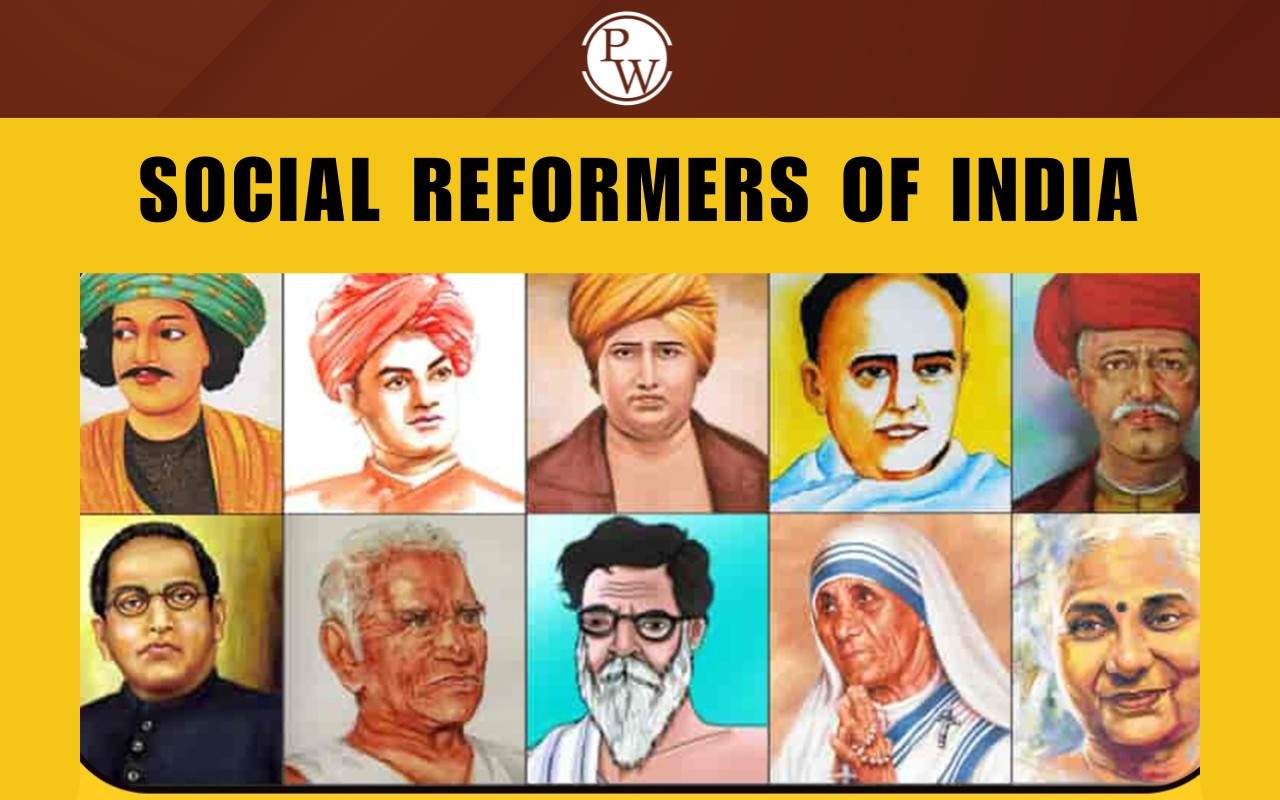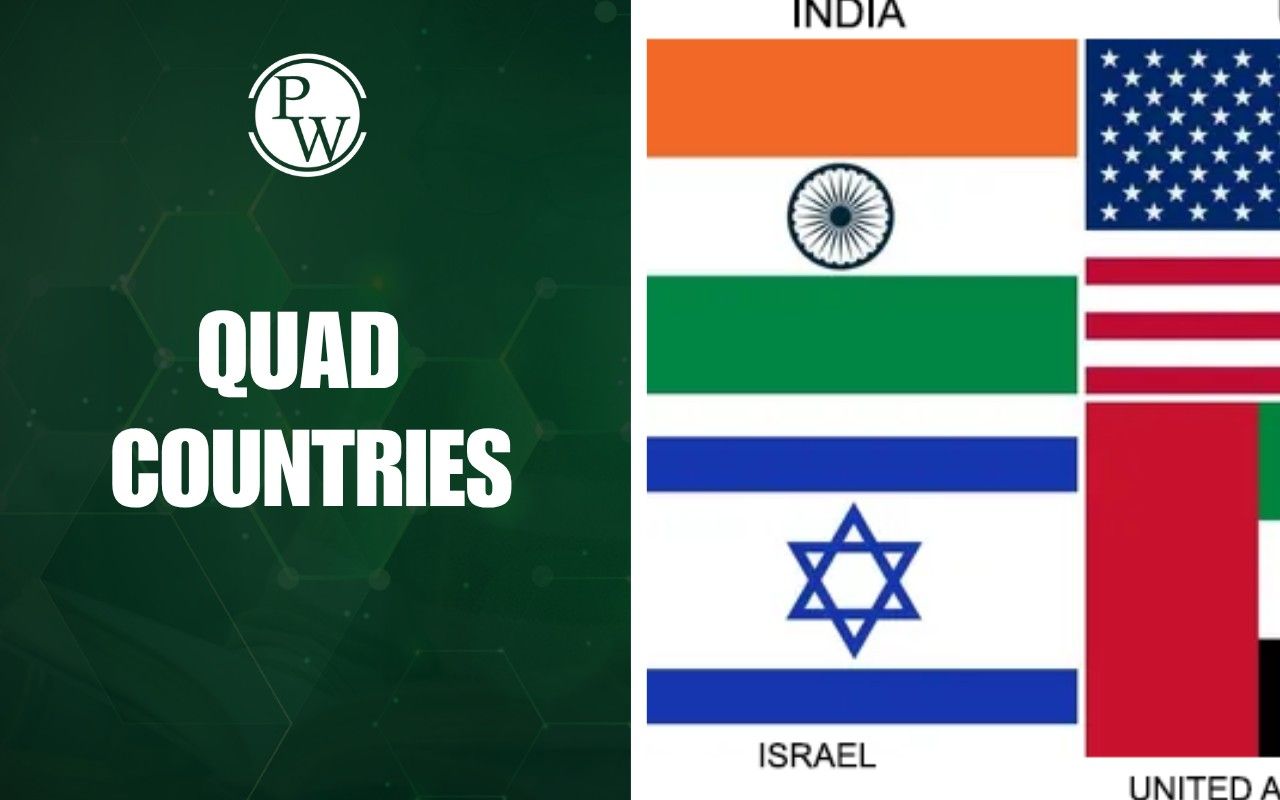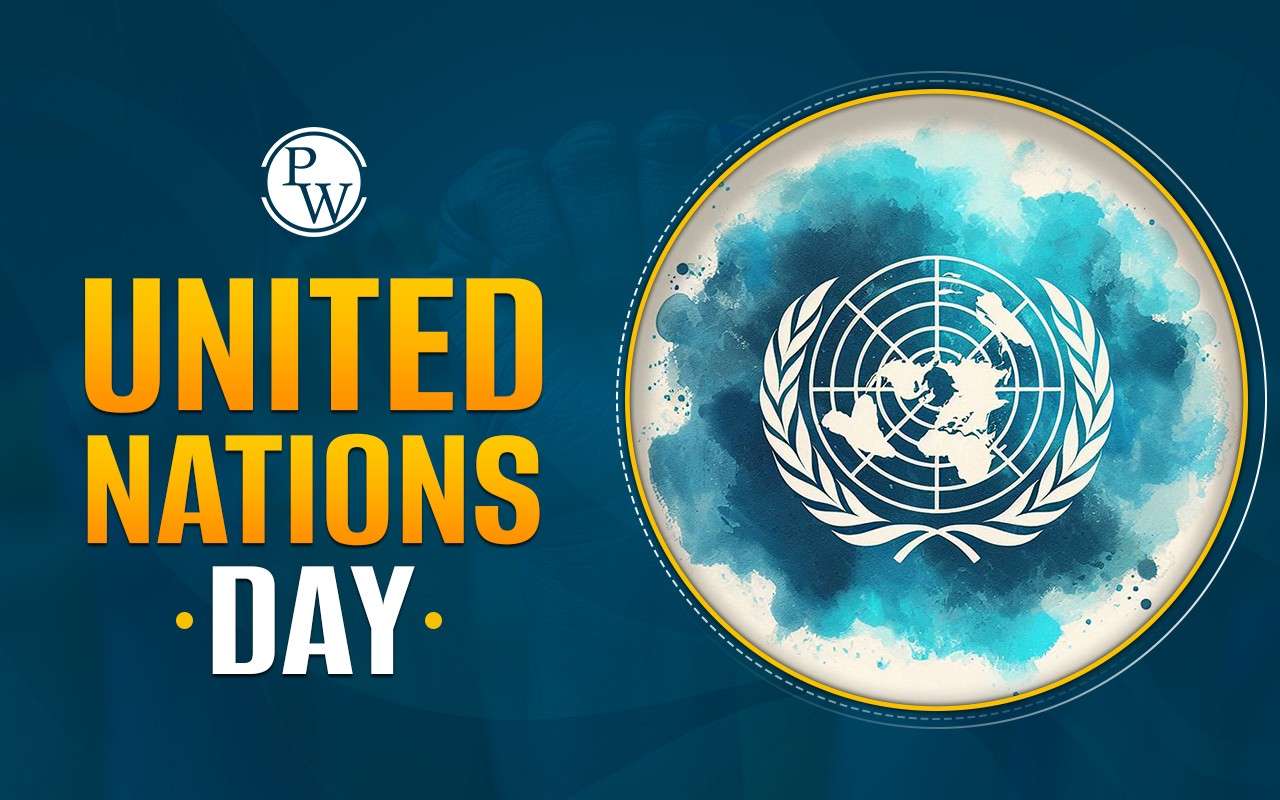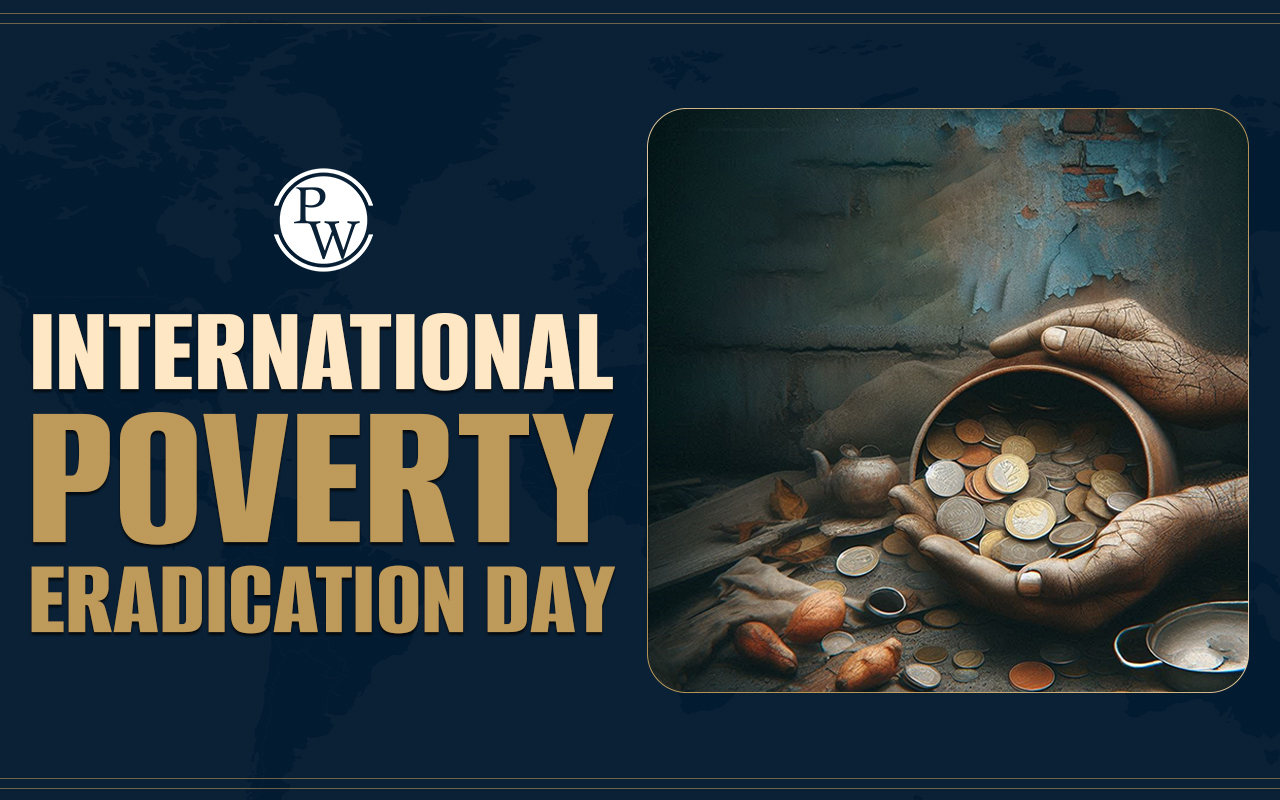

Tribes in India: India is home to diverse cultures and ethnic groups, with tribes forming an integral part of its social fabric. Tribes in India are distinct due to their geographical isolation, socio-economic challenges, and cultural differences. They occupy about 15% of the nation's land , including forests, hills, and remote areas.
The tribes of India contribute significantly to the country's heritage, each preserving unique traditions, languages, and practices. Explore the list of tribes in India state-wise, their challenges, and government initiatives to support them.Who Are Scheduled Tribes?
Scheduled Tribes (STs) are communities recognized in the Indian Constitution and given special status to protect their unique cultural identity and rights. The concept was initially introduced through the Government of India Act, 1935. According to Article 342 of the Constitution , the President can specify which tribes or communities are to be considered Scheduled Tribes in a particular state or Union Territory through a public notification. The Constitution provides for measures to support and safeguard the well-being of these communities.State Wise List of Tribes in India
According to a year-end review of the Ministry of Tribal Affairs (MoTA), India hosts around 730 Scheduled Tribes (STs) across states and Union Territories. Here is a list of tribes in India state-wise:| State Wise List of Tribes in India | |
| State/UT | Major Tribes |
| Andhra Pradesh | Gonds, Chenchus, Savaras, Bhil, Konda, Banjara, Kondareddis, Koya, Valmiki, Yenadis, Sugalis |
| Arunachal Pradesh | Apatani, Nyishi, Adi, Abor, Dafla, Galong, Nyishi, Mishmi |
| Assam | Chakma, Chutiya, Dimasa, Garos, Khasis, Gangte, Karbi, Boro, Borokachari, Kachari, Miri, Rabha, Garo |
| Bihar | Asur, Baiga, Birjia, Chero, Gond, Parhaiya, Santhals, Savar, Banjara, Oraon, Kharwar, Santal, Tharu |
| Chhattisgarh | Biar, Khond, Mawasi, Nagasia, Gond, Binjhwar, Halba, Halbi, Kawar, Agariya, Bhaina, Bhattra |
| Gujarat | Dhodia, Gamta, Paradhi, Patelia, Dhanka, Dubla, Talavia, Halpati, Naikda, Patelia, Rathawa, Siddi, Barda, Bhil |
| Goa | Dhodia, Varli, Gawda, Dubia, Naikda, Siddi |
| Himachal Pradesh | Gaddis, Gujjars, Pangwala, Khas, Lamba, Lahaulas, Swangla, Beta, Beda, Bodh |
| Jharkhand | Birhors, Bhumij, Mahli, Parhaiya, Santal, Kol, Gonds, Kharia, Mundas, Santhals, Savar, Bedia, Ho, Kharwar. |
| Jammu and Kashmir | Bakarwal, Balti, Beda, Gaddi, Garra, Sippi, Gujjar |
| Karnataka | Adiyan, Barda, Bhil, Iruliga, Gond, Patelia, Yerava, Hasalaru, Koli Dhor, Meda, Marati, Naikda, Soligaru. |
| Kerala | Adiyan, Arandan, Eravallan, Kurumbas, Moplahs, Uralis, Kattunayakan, Kanikaran, Kurichchan, Muthuvan. |
| Madhya Pradesh | Bhils, Gonds, Baigas, Bharia, Birhors, Gonds, Katkari, Kharia, Khond, Korku, Mawasi, Pardhan, Sahariya. |
| Maharashtra | Warlis, Katkaris, Gonds, Bhunjia, Dhodia, Katkari, Khond, Rathawa, Warlis, Dhanka, Halba, Koli Mahadev, Pardhi |
| Odisha | Bathudi, Bathuri, Bhottada, Bhumij, Juang, Kolha, Kora, Gadaba, Ghara, Kharia, Matya, Oraons, Rajuar, Santhals, Khayara, Koya, Munda, Paroja, Saora, Shabar, Lodha. |
| Rajasthan | Bhils, Dhanka, Damaria, Meenas (Minas), Patelia, Sahariya, Nayaka, Naikda, Kathodi. |
| Tamil Nadu | Aranadan, Eravallan, Irular, Kadar, Kanikar, Kotas, Todas, Kurumans. |
| West Bengal | Asur, Khond, Rabha, Bhumij, Bhutia, Chik Baraik, Kora, Lodha, Kheria, Khariam, Mahali, Mal Pahariya, Oraon. |
| Andaman & Nicobar | Jarawas, Onges, Sentinalese |
| Manipur | Angami, Chiru, Kuki, Meitei, Aimol, Maram, Monsang, Paite, Purum, Thadou, Anal, Mao, Tangkhul, Poumai Naga. |
| Meghalaya | Chakma, Jaintias, Khasis, Garos, Hajong, Lakher, Pawai, Raba, Mikir. |
| Mizoram | Lakher, Dimasa, Khasi, Kuki, Pawi, Raba, Synteng, Lushai. |
| Nagaland | Angami, Nagas, Sema, Kachari, Kuki, Mikir, Ao, Chakhesang, Konyak, Lotha, Phom, Rengma, Sangtam. |
| Lakshadweep | Aminidivi, Koyas |
Fact About Tribes in India
Here are some key facts about tribes in India:- Total Population: India has over 700 recognized tribes, comprising approximately 8.6% of the total population.
- Most Ancient Tribes of India: Sentinelese tribes in Sentinal Island are considered the oldest tribes of India.
- Largest Tribes in India: Bhil are the most prominent tribal communities in India as they make up about 38% of the country's ST population, according to the 2011 census.
- Smallest Tribes in India: The Andamanese tribe is the smallest tribal community in India, consisting of only 43 individuals (census 2001).
- Unique Contributions: Tribes in India are known for their unique art forms, such as Warli paintings from Maharashtra, and traditional dance forms like Santali and Gondi dances.
Challenges Faced by Tribes in India
Despite their cultural richness, tribal groups in India face numerous challenges that hinder their development. These challenges are:- Land and Livelihood Issues: Many tribal communities face challenges related to land ownership and security. The displacement of tribes for large-scale projects like dams, mining, and urban development poses severe threats to their traditional ways of living and survival.
- Socio-Economic Challenges: The majority of tribal communities struggle with poverty, lack of healthcare, and limited access to education. Unemployment and underemployment remain major challenges making them reliant on subsistence farming or low-paying jobs.
- Political and Legal Issues: Despite constitutional provisions, the implementation of policies for the welfare of tribal communities is often inadequate. Issues like unauthorized land transfers and inadequate representation are persistent challenges.
Government’s Effort for Tribes in India
The Government of India has undertaken various initiatives aimed at improving the welfare and development of tribal communities. These initiatives include:- Special Central Assistance to Tribal Sub-Scheme
- National Education Society for Tribal Students
- Eklavya Model Residential Schools (EMRS)
- Van Dhan Vikas Kendras
- Pradhan Mantri Janjati Adivasi Nyaya Maha Abhiyan, etc.
Ministry of Tribal Affairs (MoTA)
The Ministry of Tribal Affairs (MoTA) was established in 1999 with the main objective of fostering the socio-economic growth and development of Scheduled Tribe (ST) communities in India. The ministry works to improve the living standards and overall welfare of these marginalized groups through various development programs and initiatives.National Commission for Scheduled Tribes (NCST)
The National Commission for Scheduled Tribes (NCST) was established on February 19, 2004, under Article 338A of the Indian Constitution (89th Constitutional Amendment 2003). This commission was formed following the bifurcation of the erstwhile National Commission for Scheduled Castes and Scheduled Tribes, aiming to specifically address issues related to Scheduled Tribes. ?si=ExuFHU2JxQW2YzNw In conclusion, the tribes of India are an integral part of the country's cultural and social fabric. Understanding the rich diversity and unique challenges faced by these communities is crucial for any aspirant preparing for the UPSC exam.| UPSC Related Articles | ||
| India International Science Festival | Mission Karmayogi | Shaheedi Diwas 2024 |
| Parliament Sessions | Cooperative Federalism | Anti-Defection Law |
Tribes in India FAQs
How many tribes are there in India?
India has around 730 tribal communities in India, comprising about 8.6% of the total population.
Which is the largest tribe in India?
The Bhil tribe is the largest tribe in India, with a significant population spread across multiple states.
What types of tribes are found in India?
Tribes in India include various types such as Primitive Tribal Groups (PTGs), Scheduled Tribes (STs), and more, categorized based on their development and socio-economic conditions.
Which state has the highest number of tribes in India?
Madhya Pradesh has the highest number of tribal communities, including major tribes such as the Gonds and Bhils.
How many Scheduled Tribes (STs) are there?
India officially recognizes over 700 Scheduled Tribes (STs), each with its distinct cultural identity.
Talk to a counsellorHave doubts? Our support team will be happy to assist you!

Check out these Related Articles
Free Learning Resources
PW Books
Notes (Class 10-12)
PW Study Materials
Notes (Class 6-9)
Ncert Solutions
Govt Exams
Class 6th to 12th Online Courses
Govt Job Exams Courses
UPSC Coaching
Defence Exam Coaching
Gate Exam Coaching
Other Exams
Know about Physics Wallah
Physics Wallah is an Indian edtech platform that provides accessible & comprehensive learning experiences to students from Class 6th to postgraduate level. We also provide extensive NCERT solutions, sample paper, NEET, JEE Mains, BITSAT previous year papers & more such resources to students. Physics Wallah also caters to over 3.5 million registered students and over 78 lakh+ Youtube subscribers with 4.8 rating on its app.
We Stand Out because
We provide students with intensive courses with India’s qualified & experienced faculties & mentors. PW strives to make the learning experience comprehensive and accessible for students of all sections of society. We believe in empowering every single student who couldn't dream of a good career in engineering and medical field earlier.
Our Key Focus Areas
Physics Wallah's main focus is to make the learning experience as economical as possible for all students. With our affordable courses like Lakshya, Udaan and Arjuna and many others, we have been able to provide a platform for lakhs of aspirants. From providing Chemistry, Maths, Physics formula to giving e-books of eminent authors like RD Sharma, RS Aggarwal and Lakhmir Singh, PW focuses on every single student's need for preparation.
What Makes Us Different
Physics Wallah strives to develop a comprehensive pedagogical structure for students, where they get a state-of-the-art learning experience with study material and resources. Apart from catering students preparing for JEE Mains and NEET, PW also provides study material for each state board like Uttar Pradesh, Bihar, and others
Copyright © 2025 Physicswallah Limited All rights reserved.











